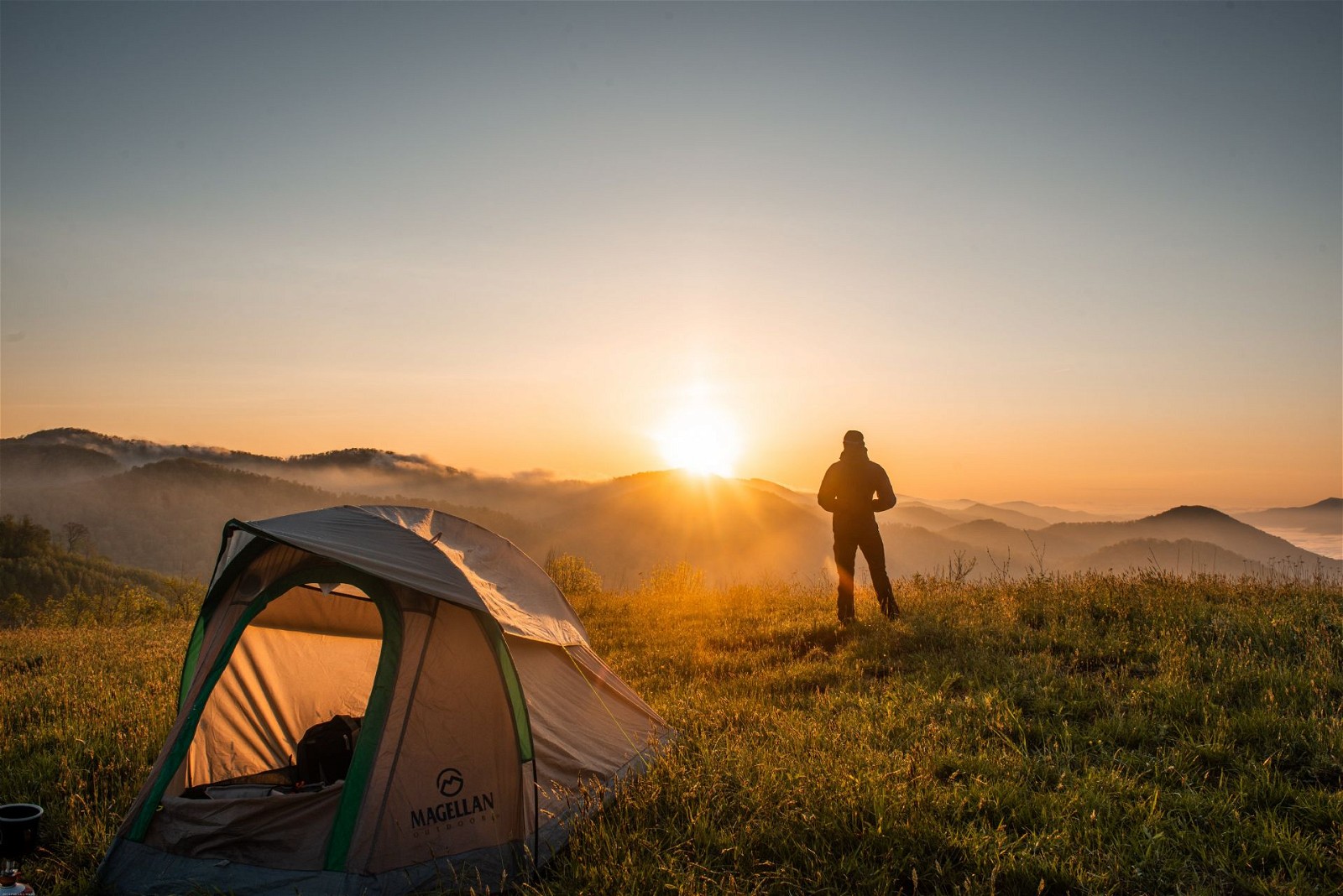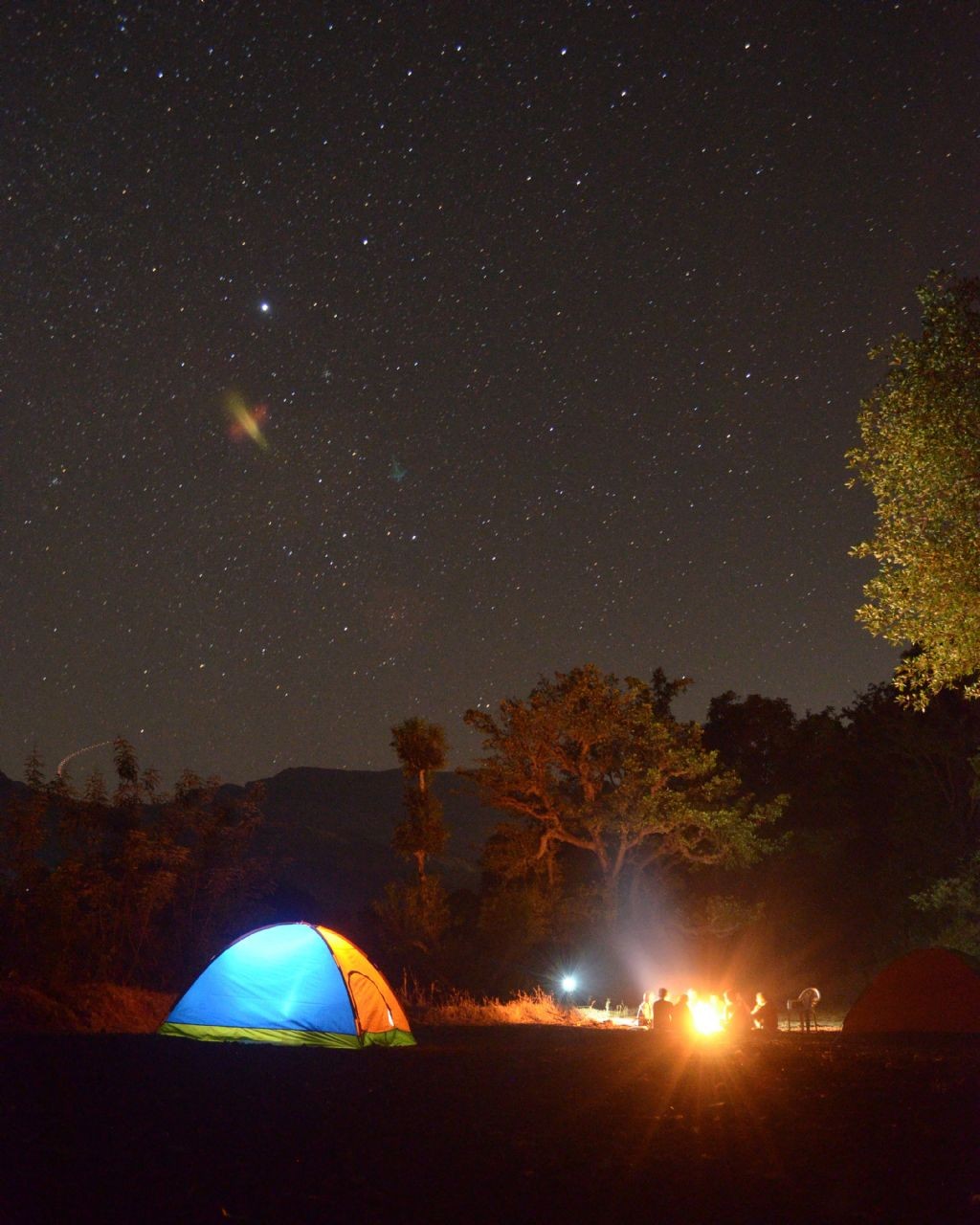
Explore the great outdoors with confidence using our comprehensive guide to the best trekking and mountaineering tents. From durable materials to waterproofing, weight considerations, and user-friendly setups, make informed choices for a comfortable and secure camping experience.
Trekking and mountaineering are exhilarating activities that allow you to explore the beauty of nature while overcoming challenging conditions. However, comfort and safety during these adventurous pursuits begin with selecting the right equipment. In this post, we will explore the features to consider when choosing tents for trekking and mountaineering, along with a few recommendations.
Key Features to Consider When Choosing a Tent:
1. Durability:
Durability is a critical factor when selecting a tent for trekking and mountaineering, ensuring it withstands the demanding conditions of outdoor adventures. Key considerations for durability include the quality of materials, denier rating, reinforcements, pole material, seam construction, UV resistance, and floor durability.
Opt for high-quality materials like ripstop nylon or polyester, with a denier rating ranging from 30D to 70D for an ideal balance between weight and strength. Look for reinforced areas in stress points and aluminum alloy poles, known for their durability without excessive weight. Taped seams, double stitching, and UV-resistant coatings contribute to a tent's longevity, protecting against wear and sun exposure.
The tent floor, susceptible to abrasion, should feature a durable, waterproof material with a high denier rating. Real-world testimonials and reviews provide valuable insights into a tent's performance under challenging conditions. By prioritizing these factors, outdoor enthusiasts can select a durable tent that ensures a reliable and long-lasting shelter during their trekking and mountaineering endeavors.

2. Waterproofing:
Waterproofing is a crucial consideration when choosing a tent for trekking and mountaineering, ensuring protection against rain, snow, and damp conditions. Look for tents with high hydrostatic head ratings, indicating their ability to resist water penetration. Additionally, taped seams and waterproof coatings on zippers enhance the overall water resistance of the tent.
Quality rainflies and durable floor materials contribute to effective waterproofing. A bathtub-style floor design, where the tent's floor extends up the sides, prevents water entry from the ground. Regular maintenance, such as seam sealing, is essential to uphold the tent's waterproof properties over time. Prioritizing these features guarantees a dry and comfortable camping experience even in adverse weather conditions.
3. Weight and Portability:
4. Ease of Setup:
The ease of setup is a critical factor when selecting a tent for trekking and mountaineering. Choose tents with user-friendly designs, featuring color-coded poles or clips to simplify assembly. Single-person setup systems or hubbed pole designs expedite the pitching process, crucial in changing weather conditions. Freestanding tents provide flexibility in choosing the campsite and make setup more straightforward on various terrains. Prioritizing tents with quick and easy assembly ensures that adventurers can spend less time on logistics and more time enjoying their outdoor experience, especially when faced with unpredictable weather or varying landscape conditions.
5. Interior Design:
6. Ventilation:
Tents with good ventilation systems control internal humidity and temperature. This feature creates a comfortable atmosphere inside the tent.

Recommended Tents for Trekking and Mountaineering:
1. The North Face Stormbreak 2:
- Durable polyester material
- Waterproof-coated floor
- Quick setup system
- Lightweight design
- Two-person sleeping capacity
- Average price: $200 - $250
2. REI Co-op Half Dome 2 Plus:
- High-quality nylon exterior
- Two-layer design
- Spacious interior and storage space
- Two-person sleeping capacity
- Advanced waterproofing
- Average price: $300 - $350
3. Big Agnes Copper Spur HV UL2:
- Lightweight silicone-coated nylon material
- High ceiling design
- Dual-entry and double vestibule
- Two-person sleeping capacity
- Quick setup features
- Average price: $400 - $450
These tents stand out for their durability, waterproof features, portability, and overall performance. However, depending on your preferences and needs, you may want to consider other brands and models as well. Remember that the right tent will enhance your trekking and mountaineering experience, making it safer and more enjoyable. Happy travels!



 Hello! I'm Michael, a 30-year-old travel enthusiast. I have a deep passion for exploring new places, experiencing different cultures, and embarking on thrilling adventures. Through my travels, I've gained valuable insights and helpful tips that I love sharing with fellow travelers. Join me on Touristify.live as I take you on a journey of discovery, providing unique perspectives and inspiring travel experiences. Let's create unforgettable memories together and explore the world one destination at a time!
Hello! I'm Michael, a 30-year-old travel enthusiast. I have a deep passion for exploring new places, experiencing different cultures, and embarking on thrilling adventures. Through my travels, I've gained valuable insights and helpful tips that I love sharing with fellow travelers. Join me on Touristify.live as I take you on a journey of discovery, providing unique perspectives and inspiring travel experiences. Let's create unforgettable memories together and explore the world one destination at a time!